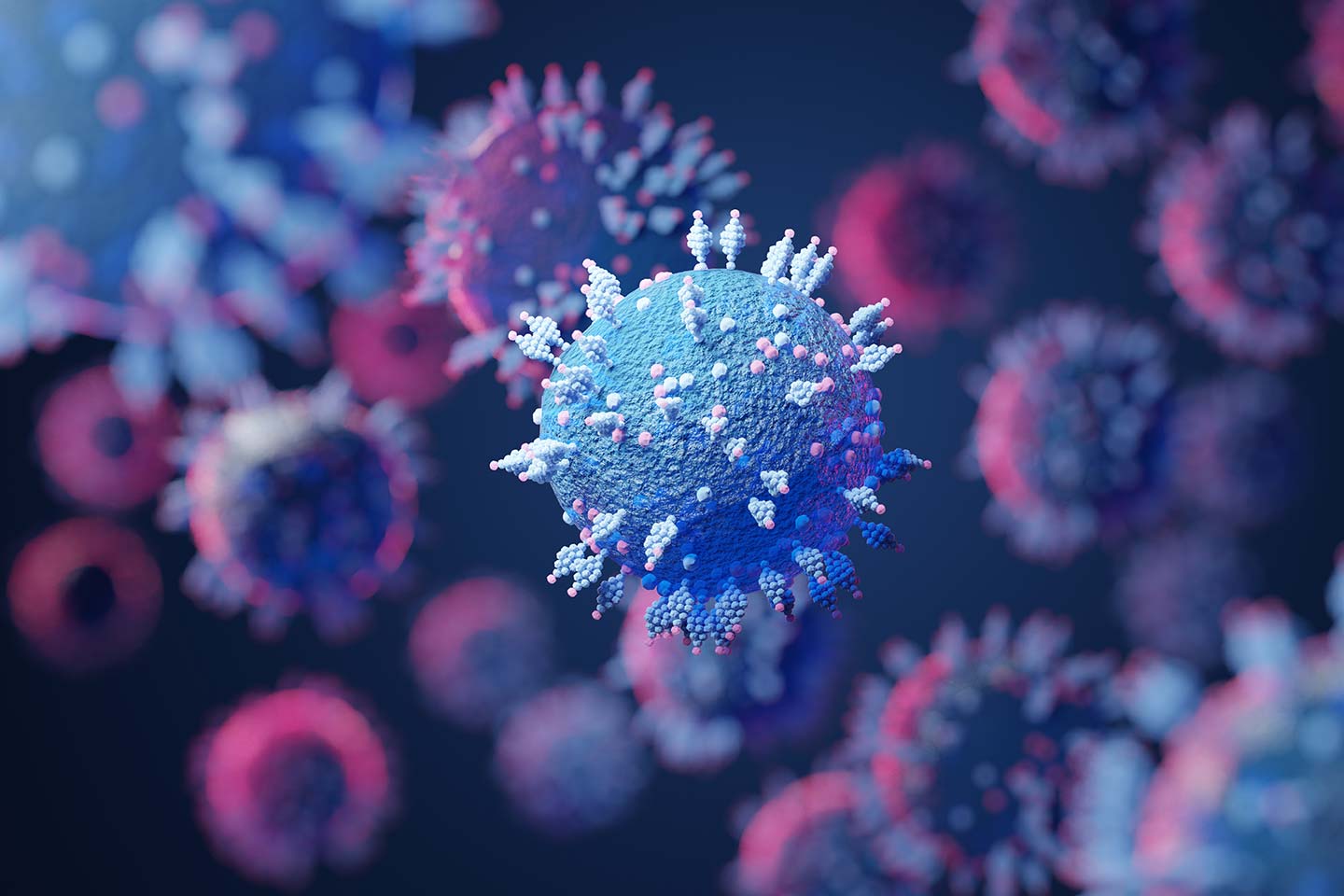Russian health authorities have confirmed that a more contagious subvariant of the Covid-19 Omicron strain, called BA.4, has started spreading in the country.
Kamil Khafizov, who heads genome research at Rospotrebnadzor's Central Research Institute for Epidemiology, said on Sunday that two national labs had submitted the viral genome of the BA.4 sublineage to the Virus Genome Aggregator of Russia (VGARus) database.
“In the VGARus database, developed by the Central Research Institute for Epidemiology of Rospotrebnadzor, the genome of the SARS-CoV-2 virus, which belongs to the omicron subvariant BA.4, was deposited,” Khafizov said. “One sample was deposited by the Smorodintsev Research Institute of Influenza, and another one - by Rospotrebnadzor’s Central Scientific Research Institute for Epidemiology.”
As of the latest update, BA.2, commonly known as the stealth variant with an estimated 10% growth advantage over BA.1, accounts for 95% of Covid cases in Russia. Yet, BA.4 subvariant of Omicron is believed to have outpaced BA.2 in terms of transmissibility.
Khafizov believes that good herd immunity, acquired through vaccination and previous waves of the novel coronavirus will prevent the country from experiencing a sharp rise in new omicron sub-variants cases.
"However, a number of researches published lately show that the BA.4 and BA.5 sub-lineages of omicron are slightly more transmissive than earlier versions of the omicron," the scientist added.
BA.4 subvariant of Omicron first started spreading in South Africa in April. The new strain of the virus shares similar mutations on its spike proteins, the part of the virus that helps the virus attach to human cells, as the original Omicron variant. However, the BA.4 subvariant has more in common with the BA.2 variant, which appears to be more infectious than the original Omicron strain. BA.4 also possesses a number of additional mutations, some of which could change their characteristics.
BA.4 is often discussed together with BA.5 because the mutations in their spike protein gene are identical, even though they differ in mutations found elsewhere.
Studies have shown that these two strains are highly infectious, capable of immune escape, and can lead to community spread. According to the global Vaccine Alliance Gavi, both new variants carry an L452R mutation, which was also previously detected in the Delta variant, making the virus more contagious by enhancing its ability to attach to human cells, as well as helping it to partially evade destruction by immune cells. BA.4 and BA.5 also possess a genetic change, called an F486V mutation, near where their spike protein binds to human cells, which may also help them partially evade people’s immune response.
The World Health Organization (WHO) has called for close monitoring of the BA.4 and BA.5 Omicron subvariants as they spread rapidly around the world. According to data from the WHO issued on June 8, BA.4 and BA.5 cases have been detected in more than 40 countries and the number of cases and countries affected continue to climb.







 Iran's senior military leaders described the drone and missile attack on Israel on April 14 night as “successful".
Iran's senior military leaders described the drone and missile attack on Israel on April 14 night as “successful".
 The number of evacuees from flooded areas in Kazakhstan has reached 97,852 people, including about 32,856 children since March 27.
The number of evacuees from flooded areas in Kazakhstan has reached 97,852 people, including about 32,856 children since March 27.
 Iranian President Ebrahim Raisi warned Israel that it would face a "real and extensive" response if it makes any "mistake" following Tehran’s missi...
Iranian President Ebrahim Raisi warned Israel that it would face a "real and extensive" response if it makes any "mistake" following Tehran’s missi...



